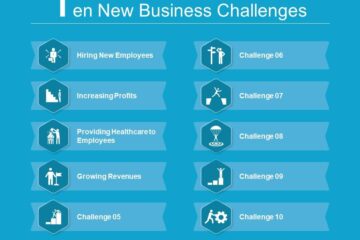India’s largest taxi aggregator, Ola, has shut down itsTaxiForSure (TFS) business and has laid off 700 employees in the process, as it looks to consolidate its presence and reduce cash burn to fend off an attack from Uber.
Ola had acquired smaller rival TFS in March 2015 for $200 million to help it maintain market leadership against Uber. While Ola had said it would maintain TaxiForSure as an independent entity, the company soon began moving drivers from TFS to its own platform.
On being contacted, Ola had this to say
“The TaxiForSure (TFS) value proposition as an economy brand for customers, has been seamlessly integrated onto the Ola platform with the launch and rapid adoption of Ola Micro. TFS has contributed immensely towards Ola Micro’s success within a short span of time. Ola Micro has expanded to over 90 cities across India and accounts for the largest share of first time cab users coming onto any mobility platform. This has helped us achieve our objective of building an economy mobility offering for millions of users across the country. With all TFS driver-partners and customers coming on board the Ola app, the integration is now complete.”
While Ola has not confirmed the exact number of employees who have been laid off, they said that enough measures have been taken to ensure a smooth transition.
“As part of this integration over the last 18 months, we have achieved immense operational efficiencies, that have resulted in an improved experience for customers and driver-partners alike. In the course of the integration, we have absorbed as many TFS employees for open roles in Ola to support our growth. For positions that cease to exist as a result of this transition, we are offering enhanced severance benefits and outplacement services to help affected employees pursue new career opportunities,” the company said.
While the TFS Android app was still functional, apart from the Ola Micro category, which the company cross-sells, no cabs were available in the Nano, Hatchback and Sedan categories. Since the acquisition, Ola has been pursuing drivers on TFS to join its own platform.
Apart from cross-selling cabs on both platforms, Ola did not go in for larger integration of the two services, picking its own technology as the successor. With the lack of any sort of autonomy, TFS saw a slew of senior level exits, including that of CEO Arvind Singhal.
Moreover, disconnect between the two companies was evident, with Ola failing to report driver and cab numbers from TaxiForSure, and shutting off the company from interactions with the press a little while after the merger, despite claiming that TFS was being marketed as a more affordable cab solution.
According to The Econnomic Times, the layoffs alone will help Ola save on Rs 30 crore in salaries every month.
While Ola has done away with TFS, the company did adopt the idea of having multiple categories at different price points from the latter. Today, Ola has Micro, Mini, Prime and Lux, apart from aggregating auto rickshaws on its platform.
The company is also experimenting with outstation cabs and renting cabs by the hour, a business it once killed by allowing customers to book cabs instantly and avoid paying for idle time a cab spends.
As Uber plays catch up, Ola is desperate to find another winning formula that could help it stay in the lead, especially after Uber gave up the fight in China.
[Source: BUSINESS STANDARD]



